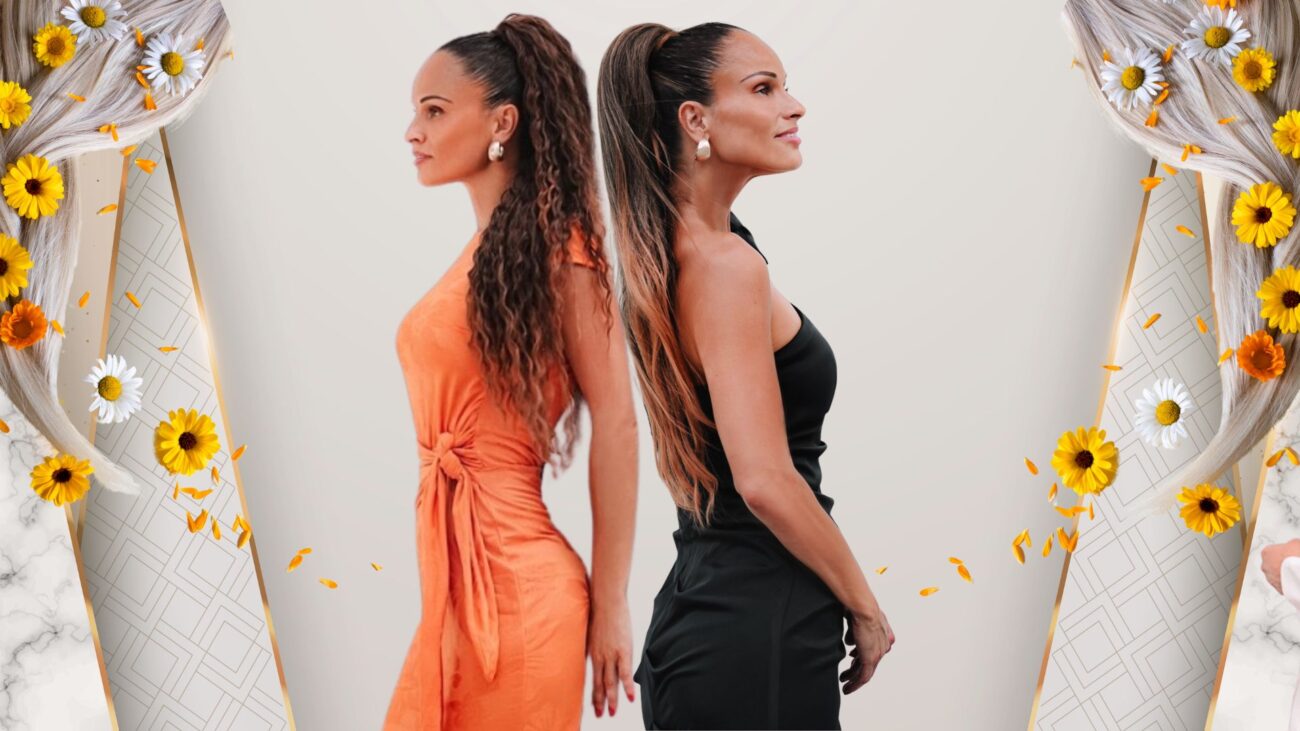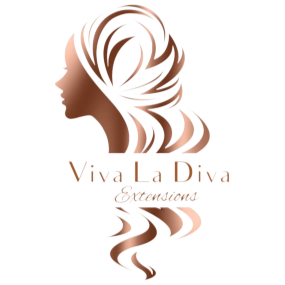Perfect Ponytail Hairstyles for Every Face Shape
Ponytails are one of the most versatile hairstyles, offering endless possibilities for both casual and formal looks. However, the key to nailing the perfect ponytail lies in choosing a style that complements your face shape. Whether you have a round, oval, square, heart, or long face, there’s a ponytail hairstyle that will enhance your natural beauty. Here’s a guide to help you find the ideal ponytail for your face shape.

Round Face Shape
If you have a round face, your goal is to elongate and add some angles to your look.
- High Ponytail: A high ponytail adds height, drawing the eye upwards and creating the illusion of a longer face.
- Side-Swept Bangs: Pairing your ponytail with side-swept bangs can further help to frame your face and reduce the roundness.
- Voluminous Ponytail: Adding volume at the crown can also lengthen your face, making this a perfect choice for round face shapes.
Tip: Avoid slicking your hair back too tightly, as it can emphasize the roundness of your face.
Oval Face Shape
Oval faces are considered the most versatile and can pull off almost any ponytail style.
- Low Ponytail: A sleek, low ponytail accentuates the natural symmetry of an oval face.
- Middle Part Ponytail: For a modern and chic look, try a middle-part ponytail that draws attention to your facial features.
- Sleek Ponytail: Keep it simple and elegant with a sleek ponytail that highlights your facial proportions.
Tip: Experiment with different textures and ponytail placements, as your face shape can handle a wide variety of styles.
Square Face Shape
For those with a square face shape, the goal is to soften the angles and add some length.
- Side Ponytail: A side ponytail softens the strong jawline typical of square faces. Adding some waves or curls can further soften the look.
- Low, Loose Ponytail: A low, loose ponytail with soft, face-framing strands can help balance the angularity of your face.
- Textured Ponytail: Opt for a textured ponytail with loose curls or waves to add softness and femininity.
Tip: Avoid tight ponytails that pull hair away from the face, as they can make your features appear more angular.
Heart Face Shape
Heart-shaped faces are wider at the forehead and taper down to a narrower chin. The goal is to balance the width of your forehead with your chin.
- Mid-Level Ponytail: A ponytail positioned at the middle of the back of your head can help balance the proportions of your face.
- Side-Swept Bangs or Layers: Incorporate side-swept bangs or layers that soften the forehead and draw attention away from a pointed chin.
- Voluminous Ponytail: Adding volume to the sides of the ponytail can balance a narrower chin, creating a harmonious look.
Tip: Avoid very high ponytails that add height to the top of your head, as this can exaggerate the width of your forehead.
Long Face Shape
For long face shapes, the aim is to add width and avoid elongating the face further.
- Low Ponytail with Volume: A low ponytail with added volume at the sides can create the illusion of a fuller, more balanced face shape.
- Ponytail with Bangs: Bangs are an excellent way to shorten the appearance of a long face. Combine them with a ponytail to create a fresh, youthful look.
- Ponytail with Curls or Waves: Adding curls or waves to your ponytail can add width and soften the length of your face.
Tip: Steer clear of super sleek, high ponytails that draw attention to the length of your face.
Conclusion
Ponytail extensions offer endless styling opportunities, but knowing how to match them to your face shape is the key to a flawless look. Whether you’re going for a high, low, or side ponytail, choosing the right style can enhance your natural features and bring out the best in your look.
For more tips on styling ponytail extensions or to explore a wide range of extension options, visit Viva La Diva today! We’re here to help you find the perfect ponytail to match your style and face shape.






